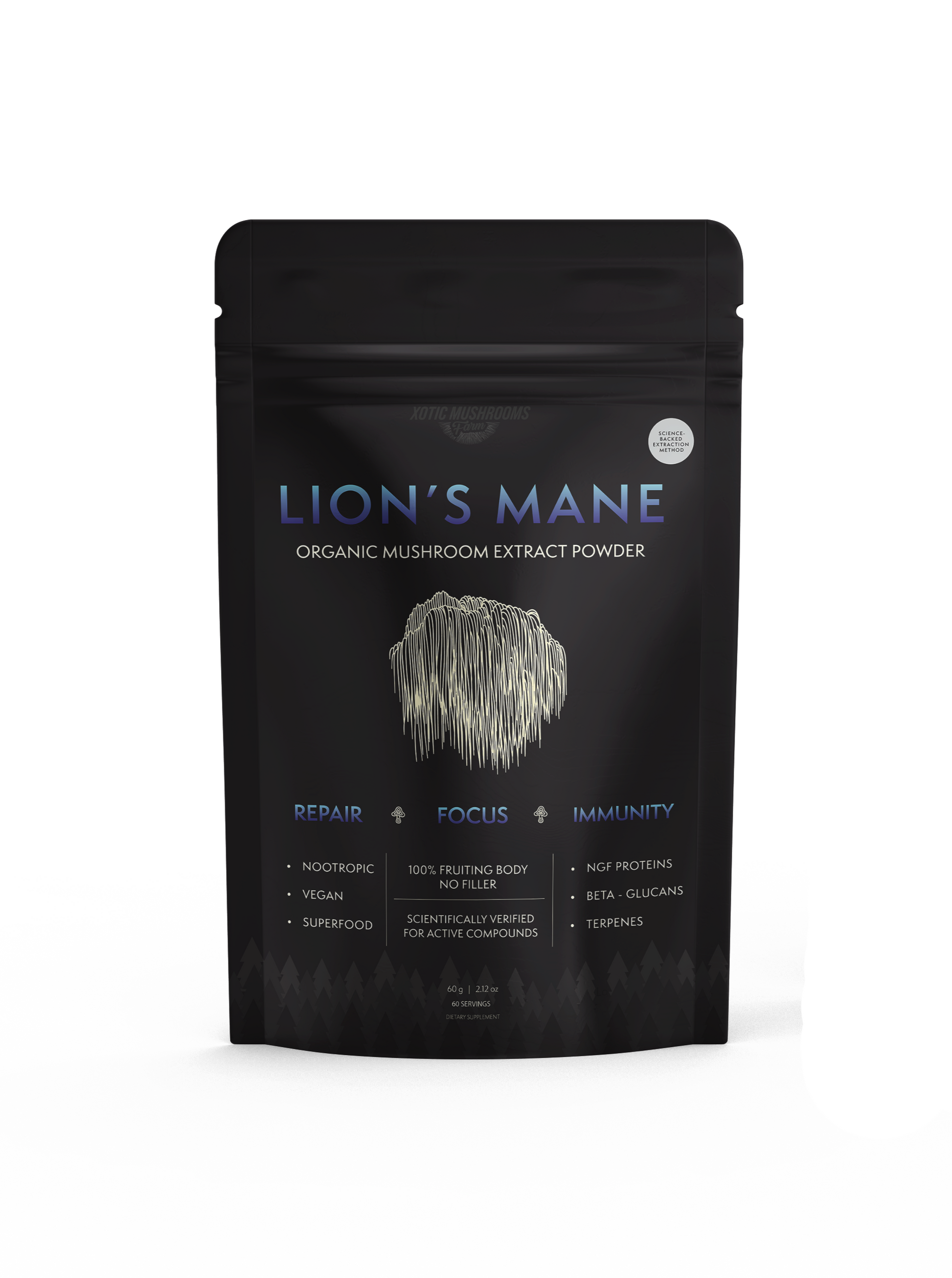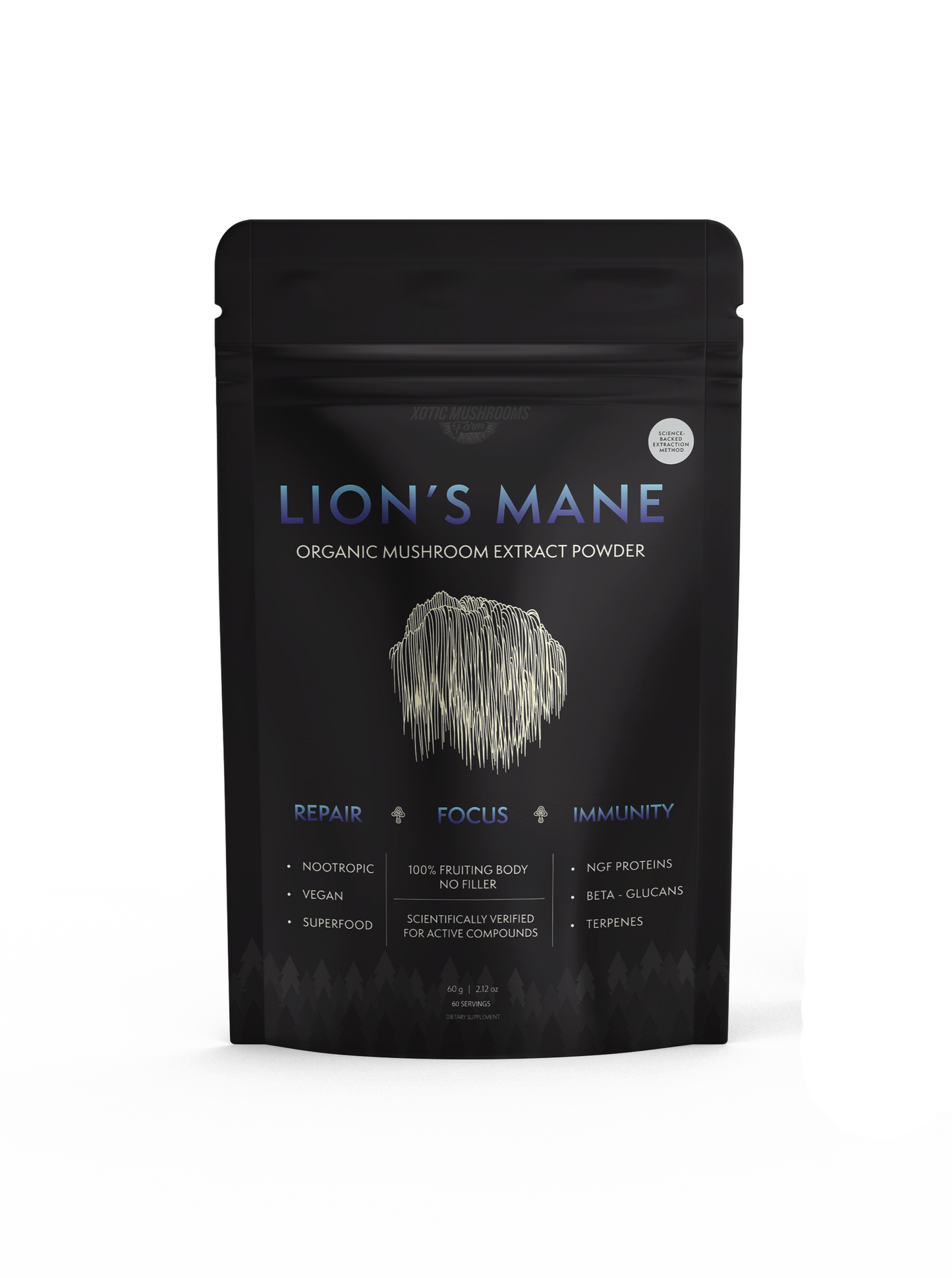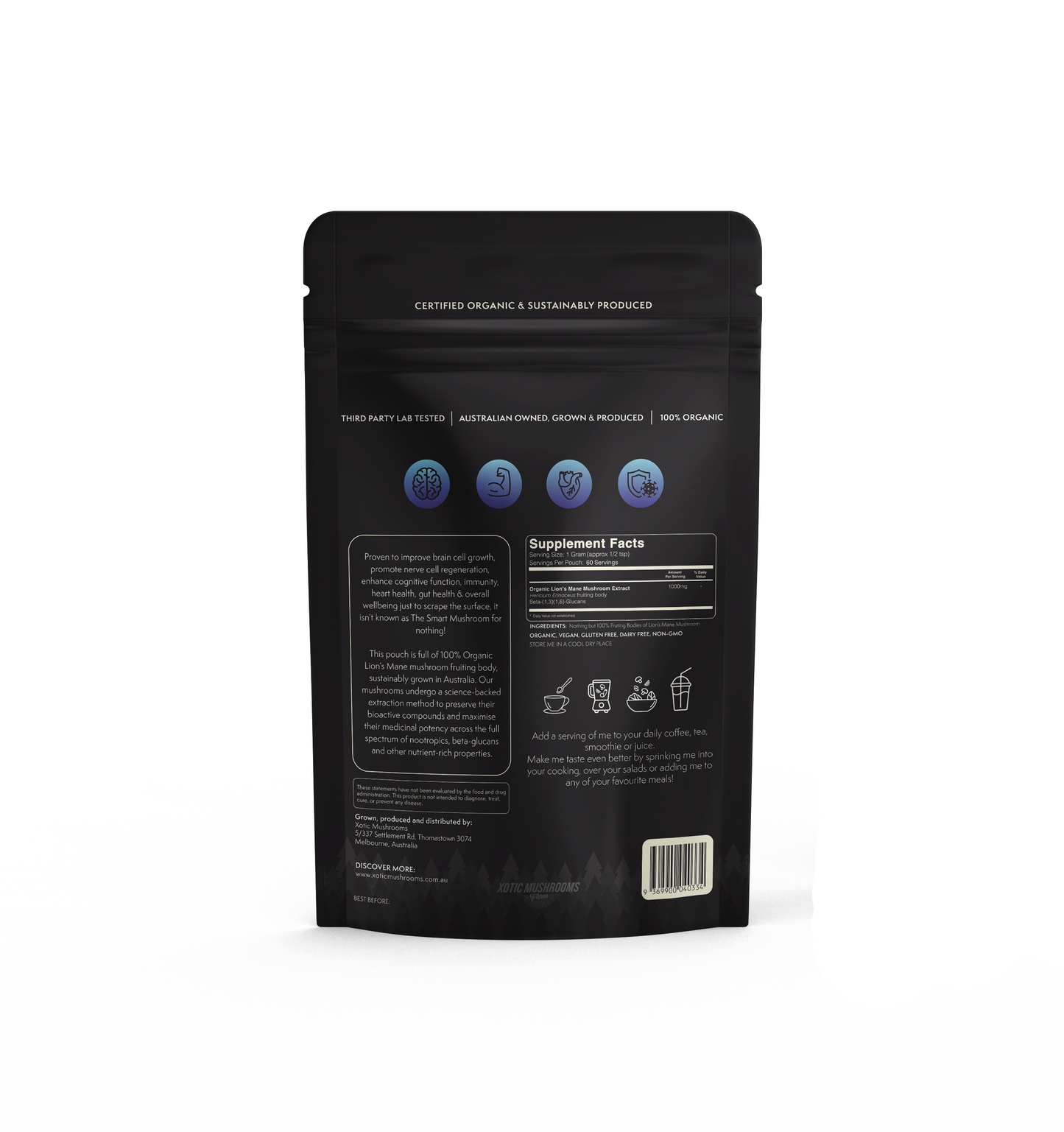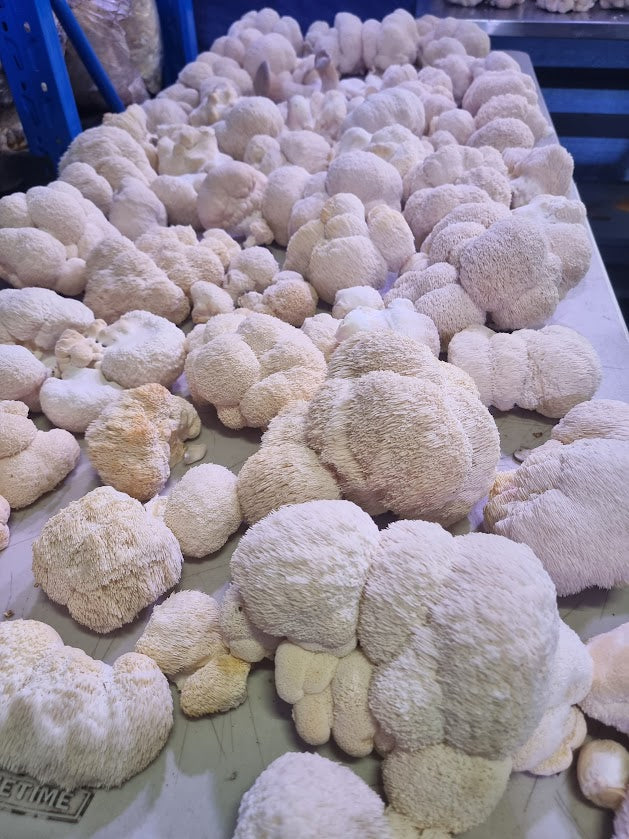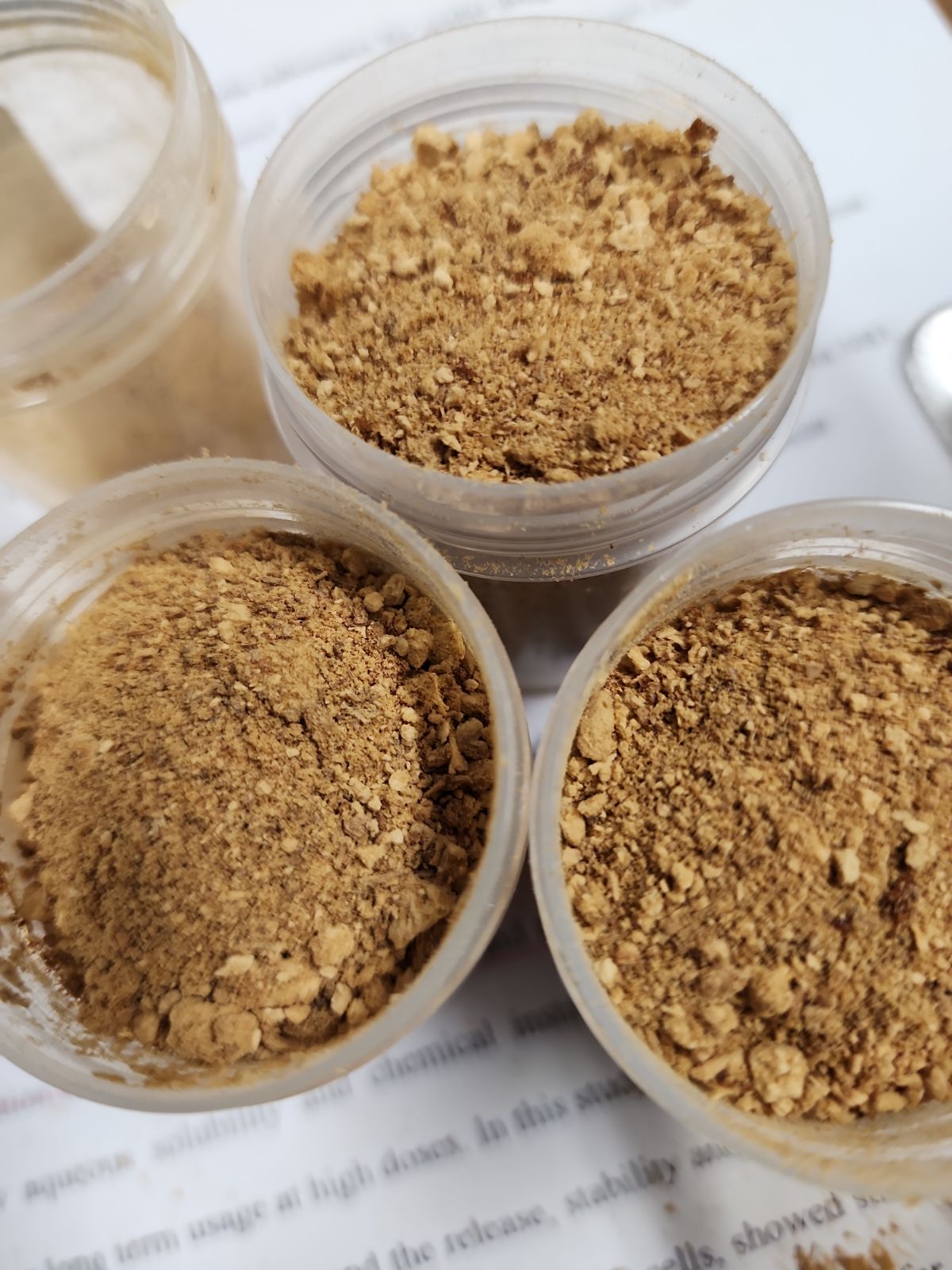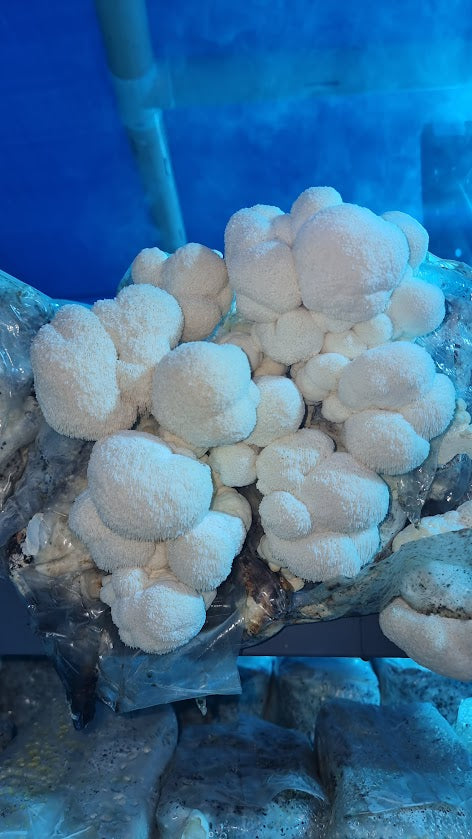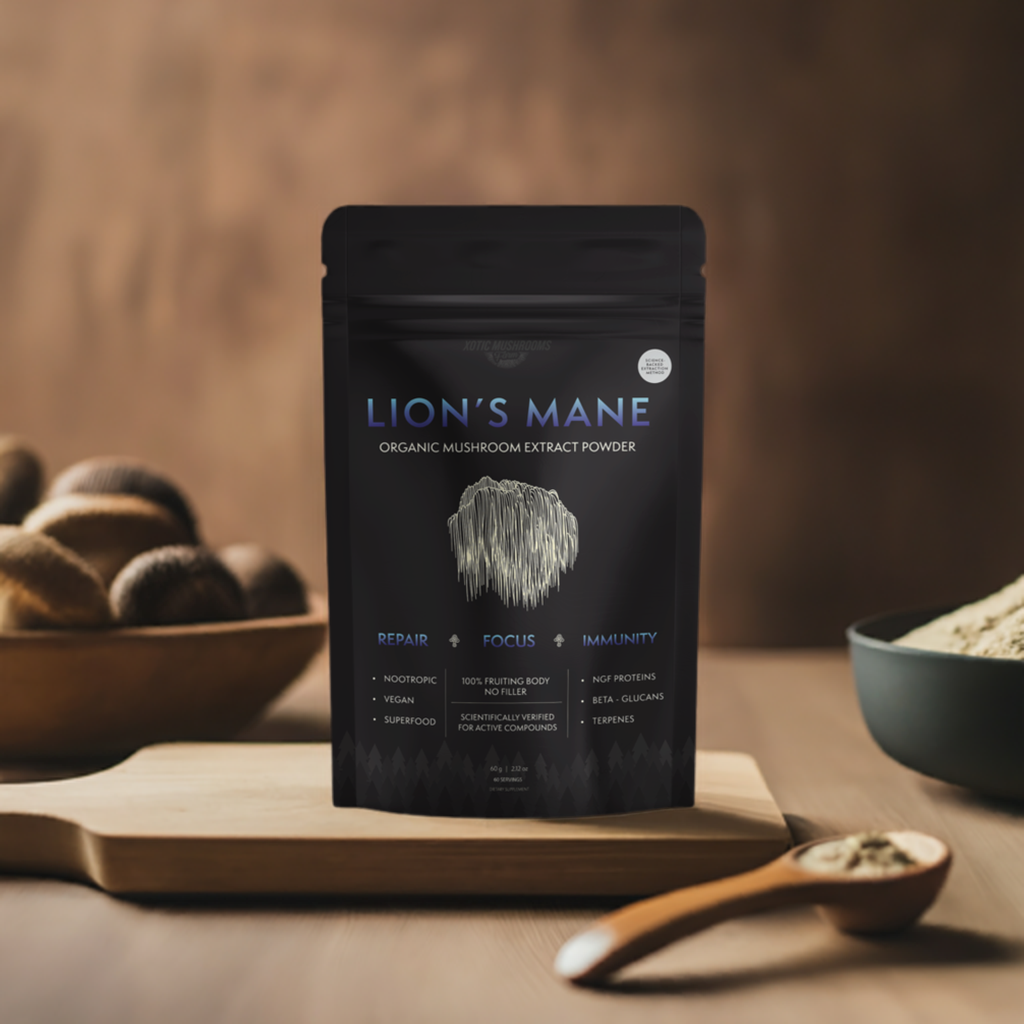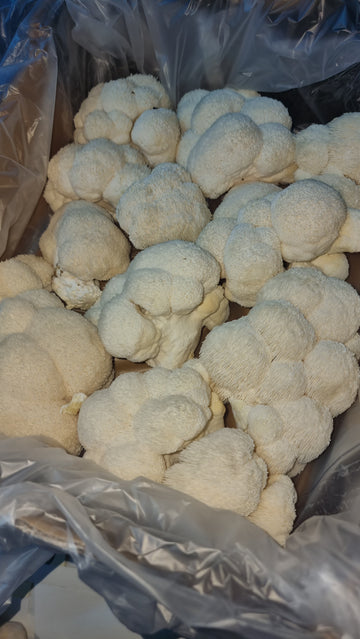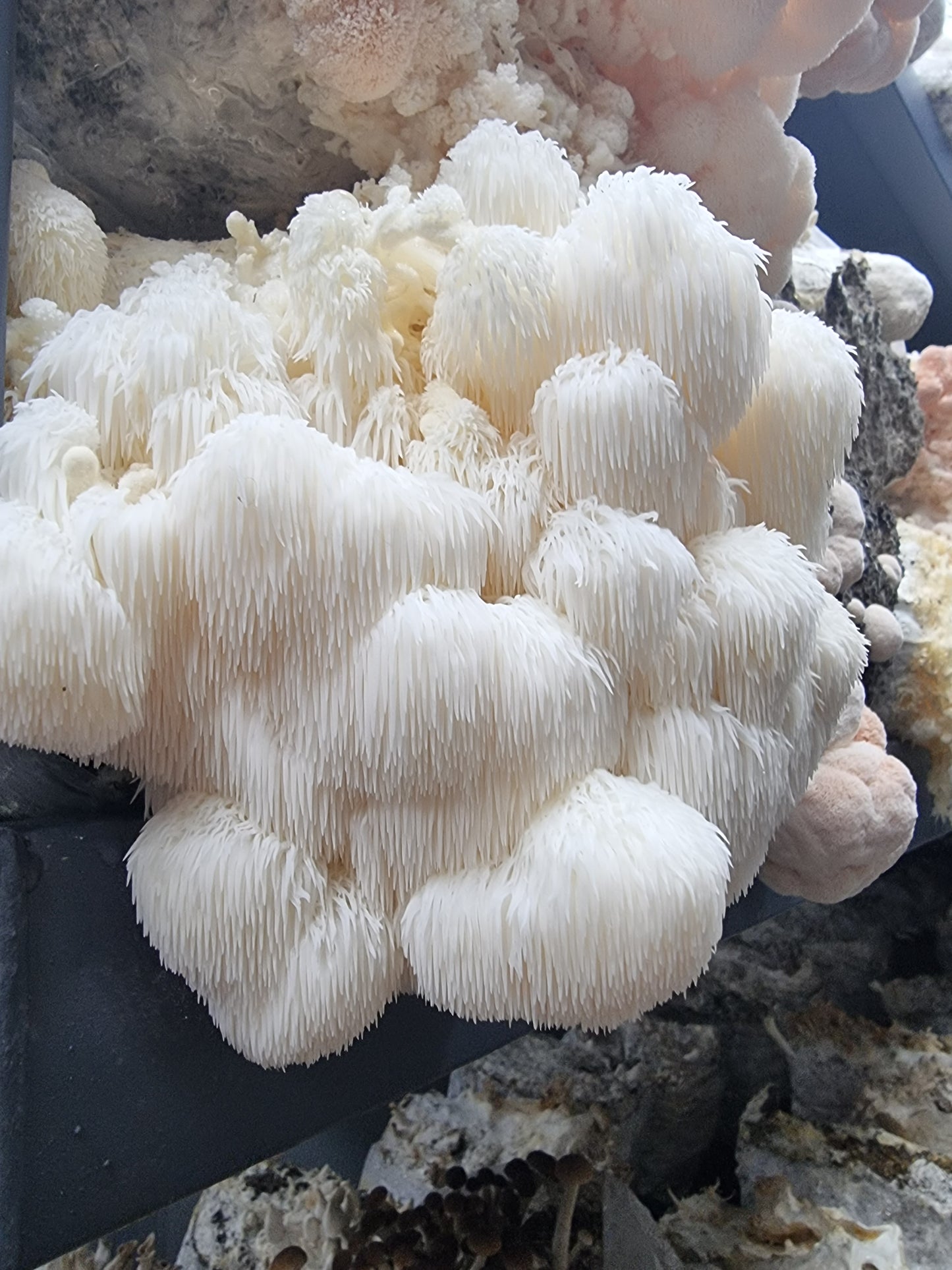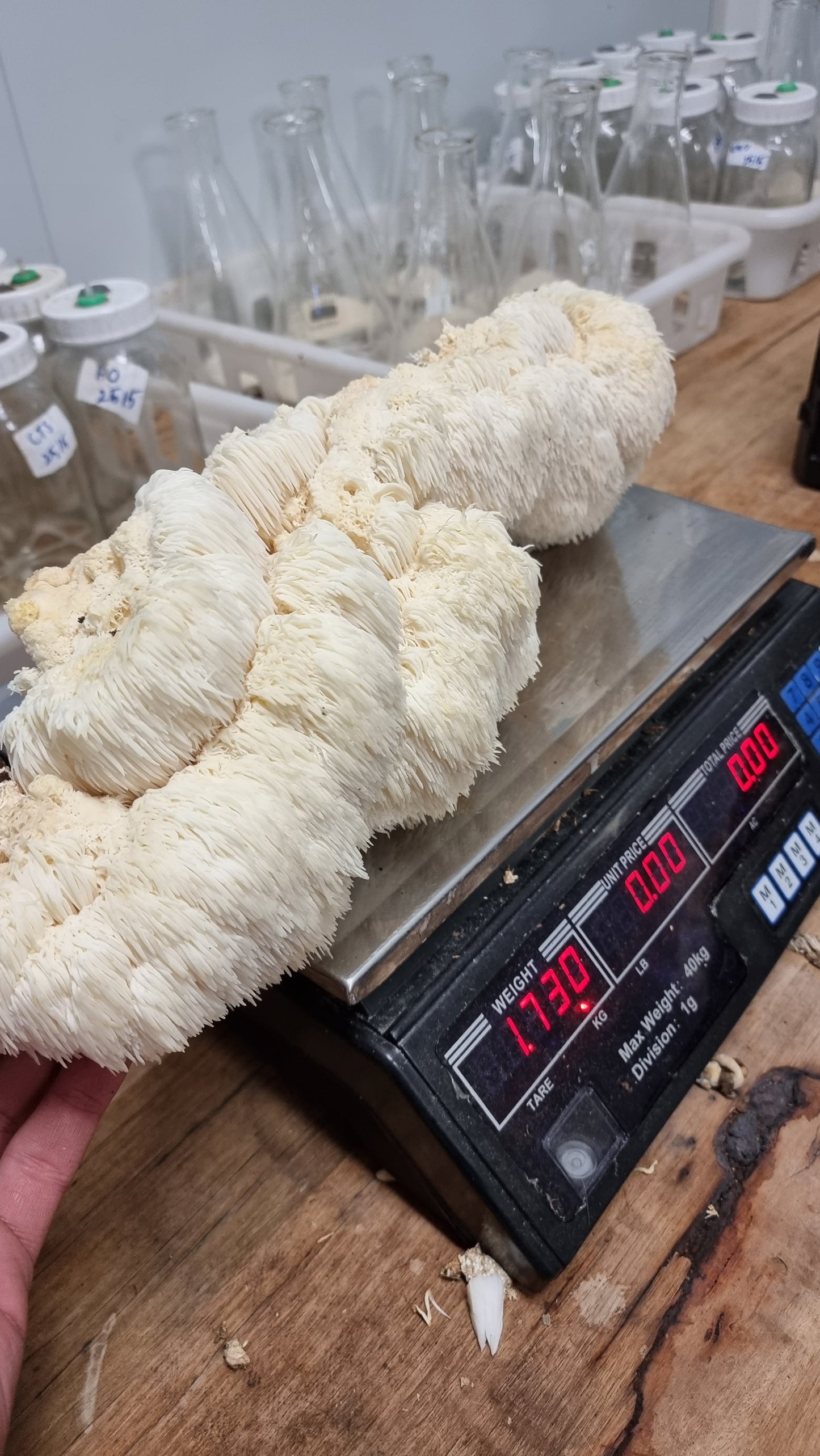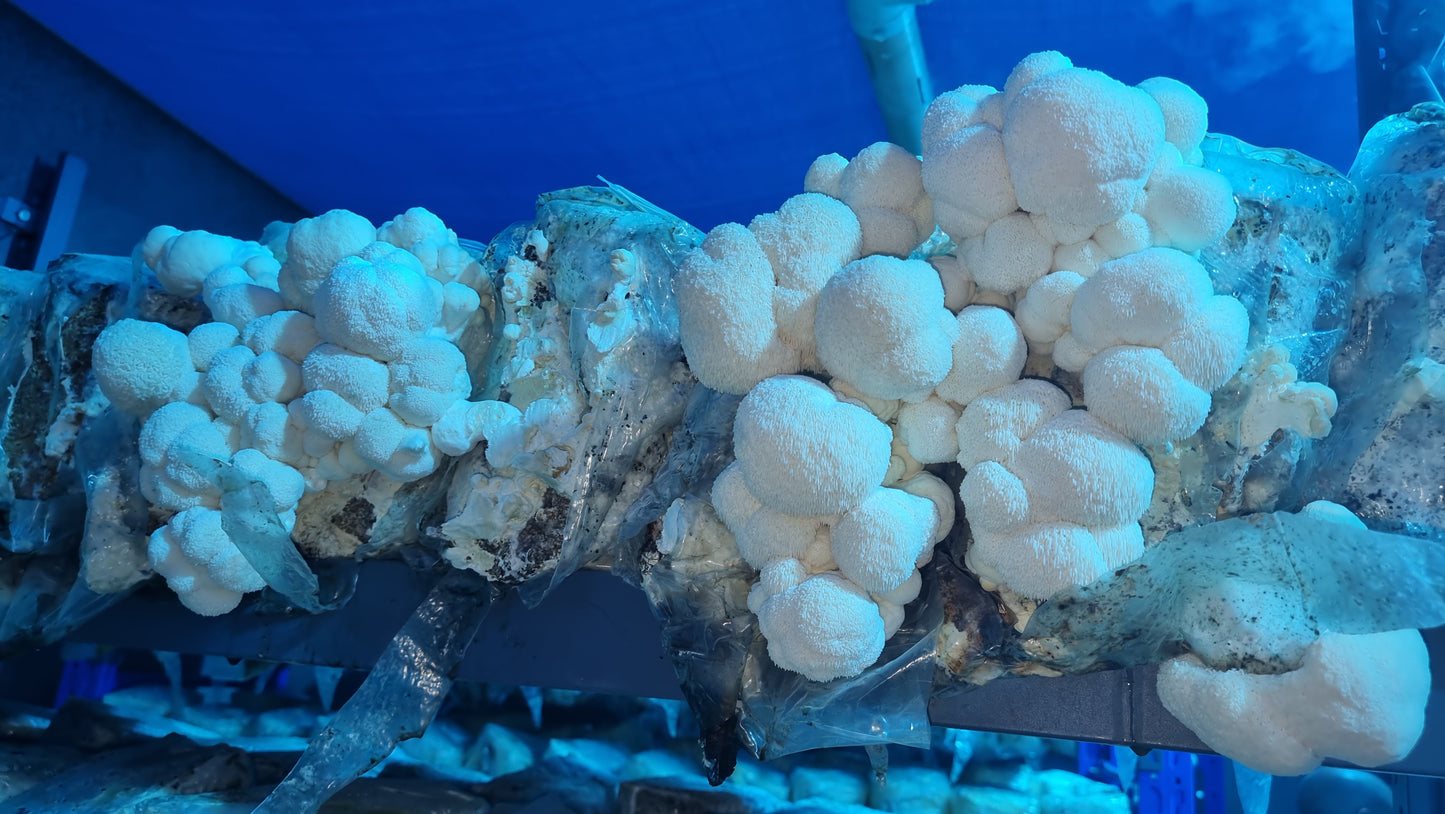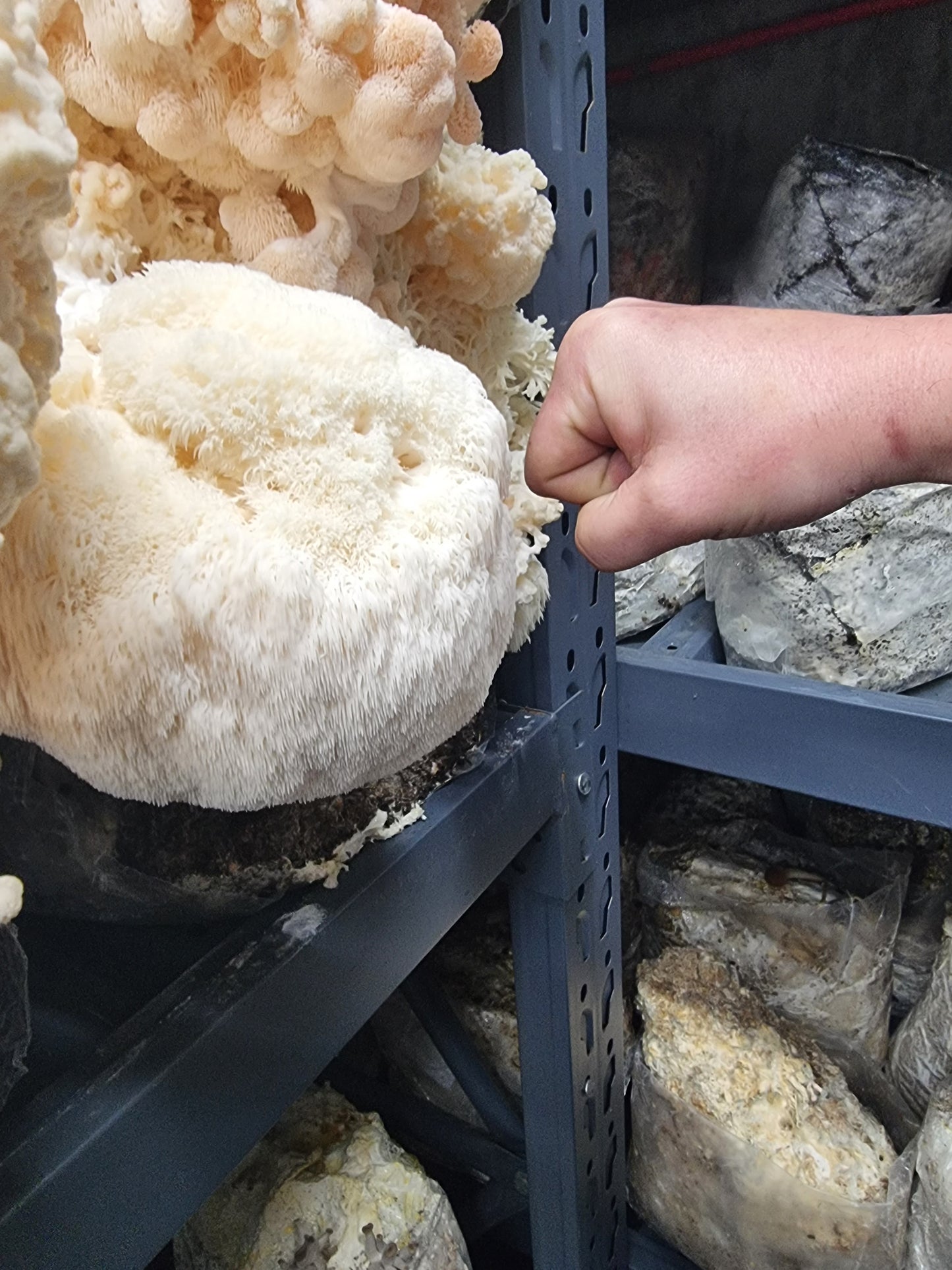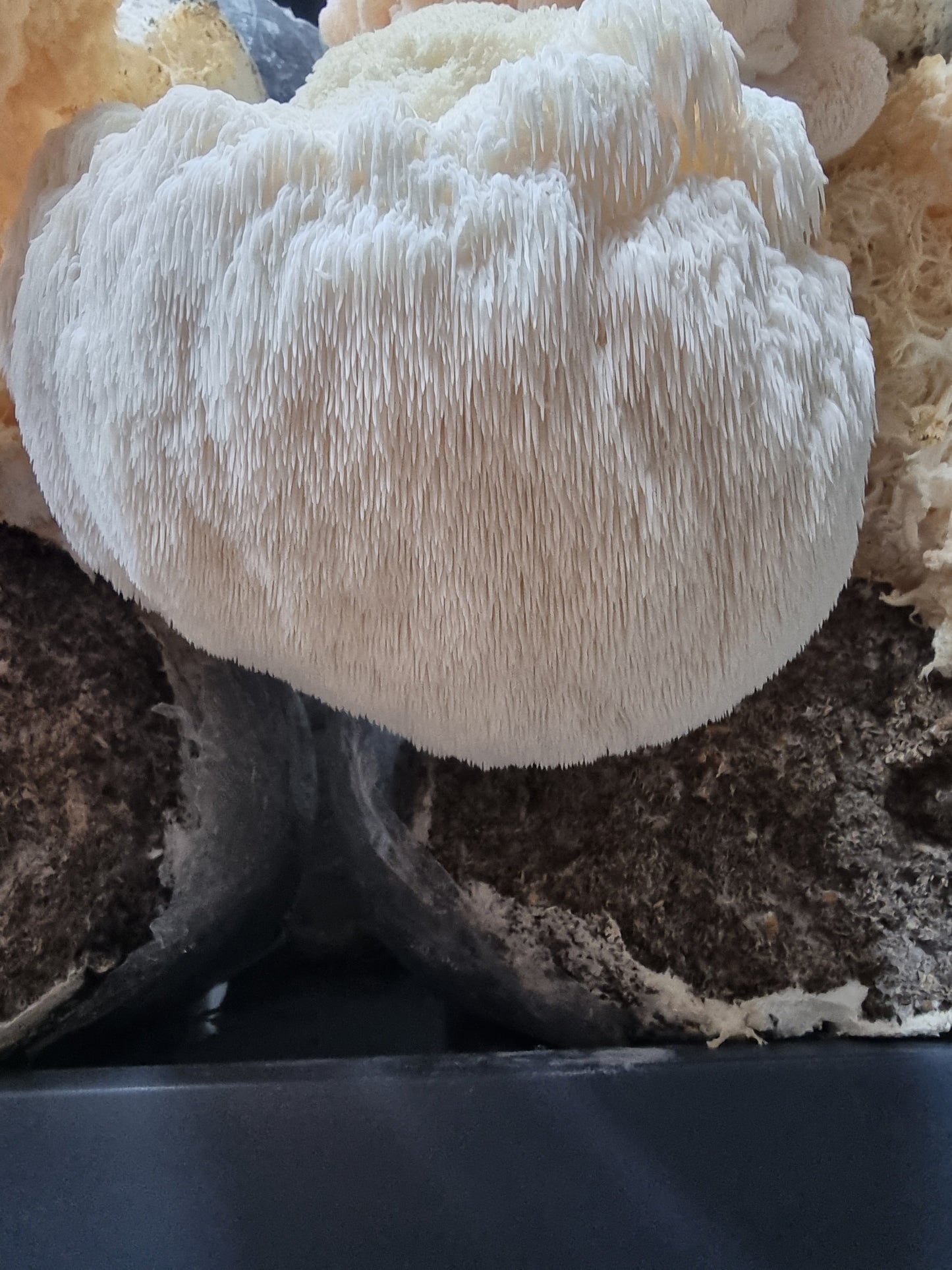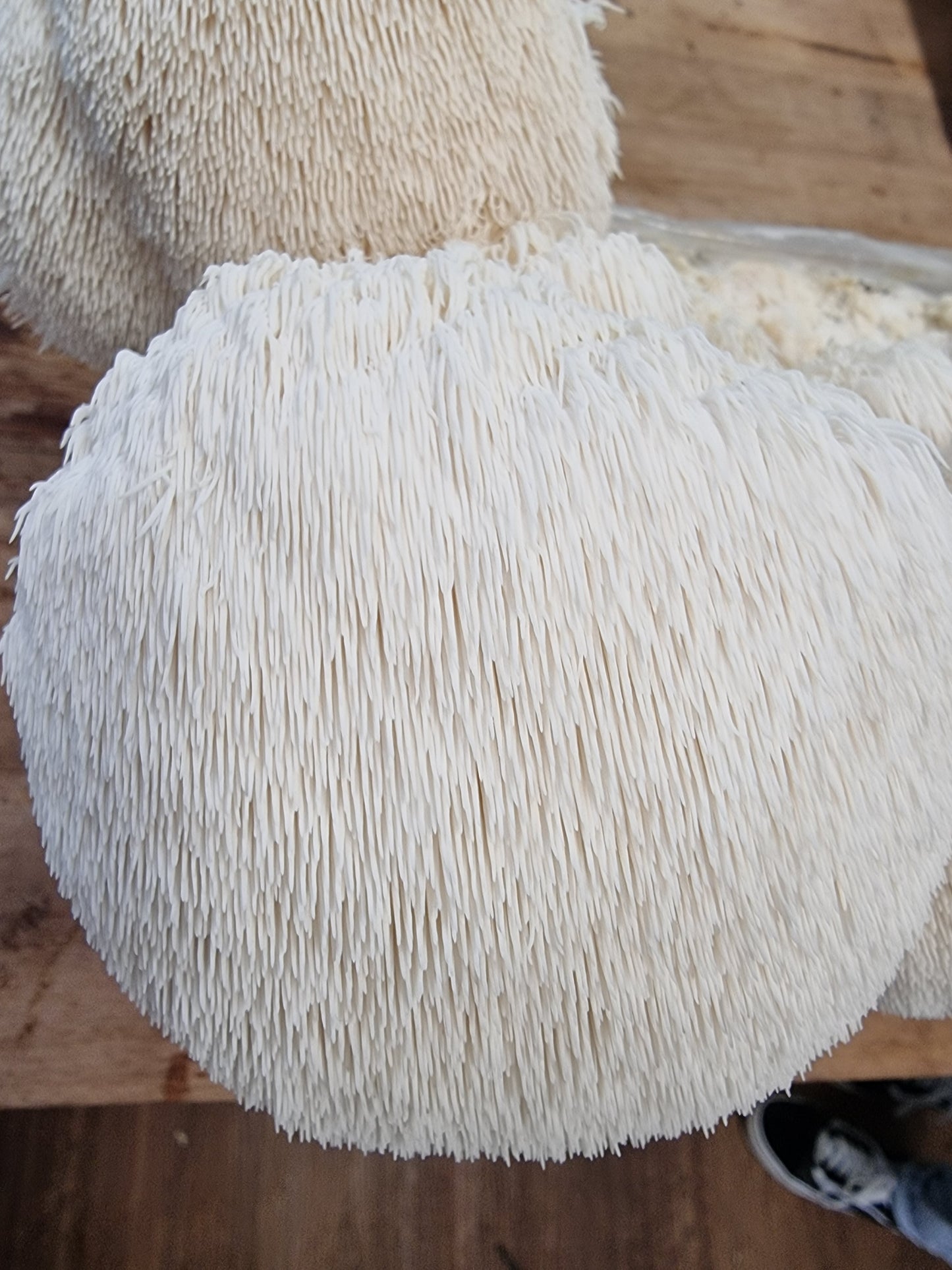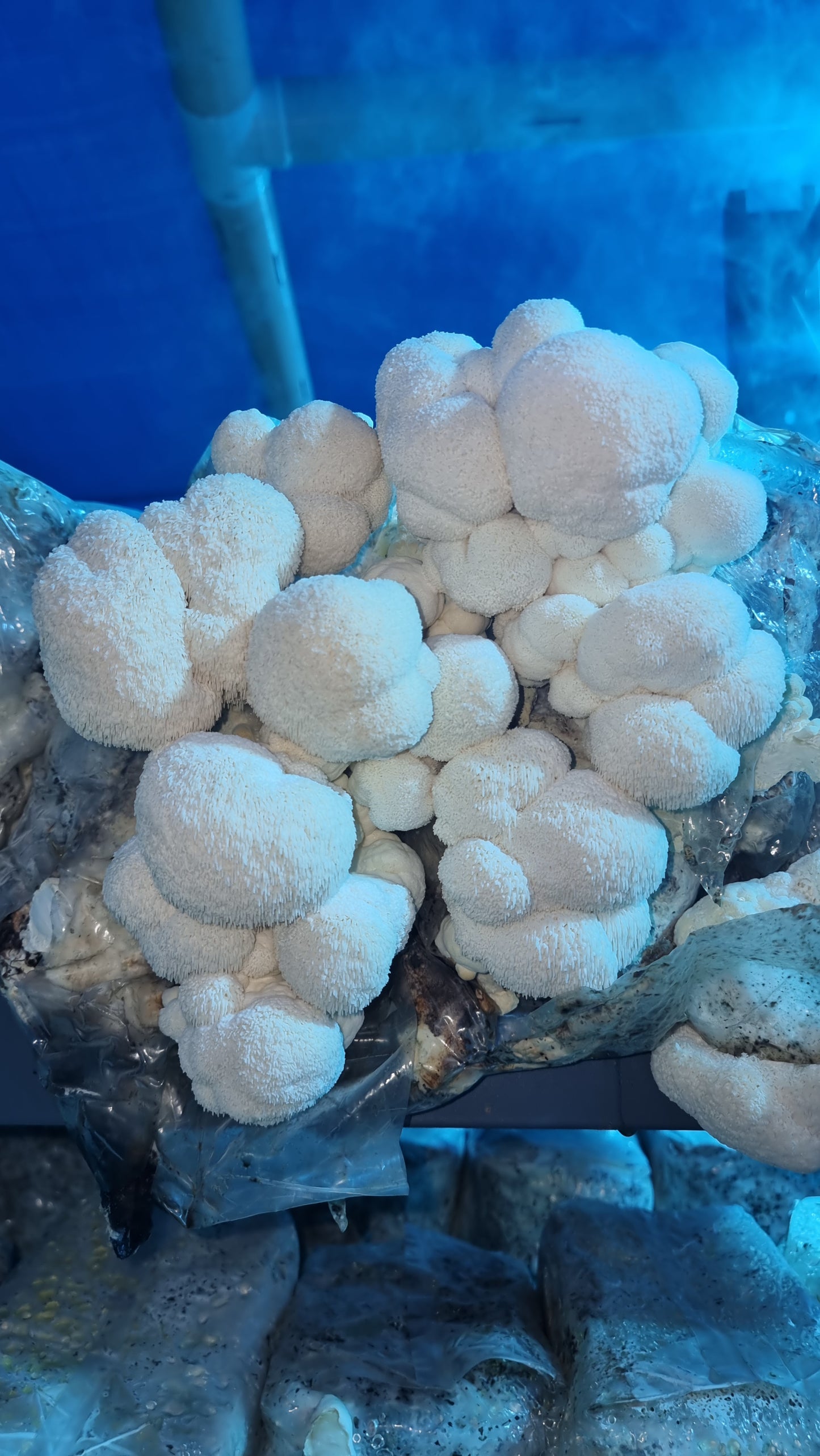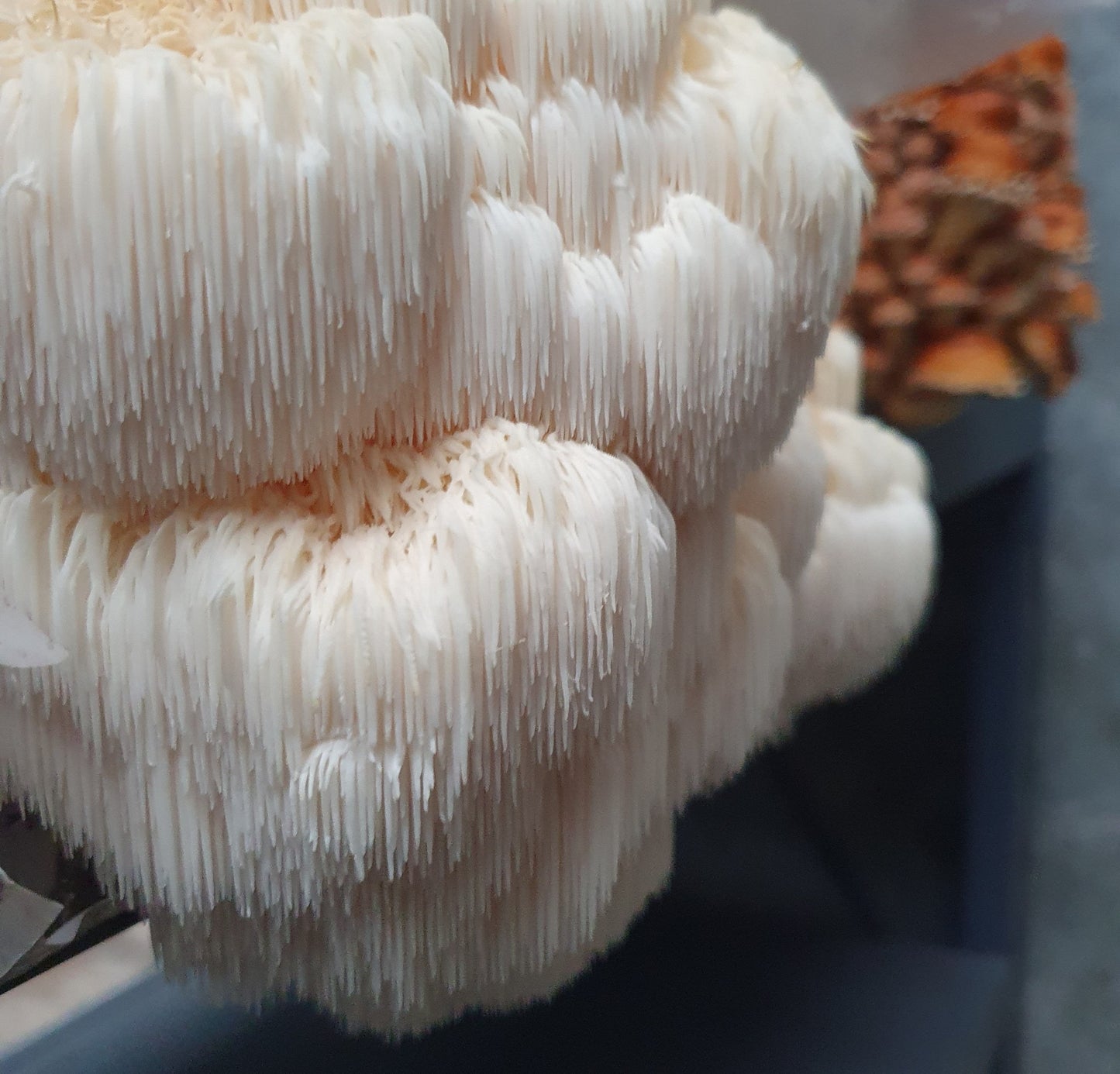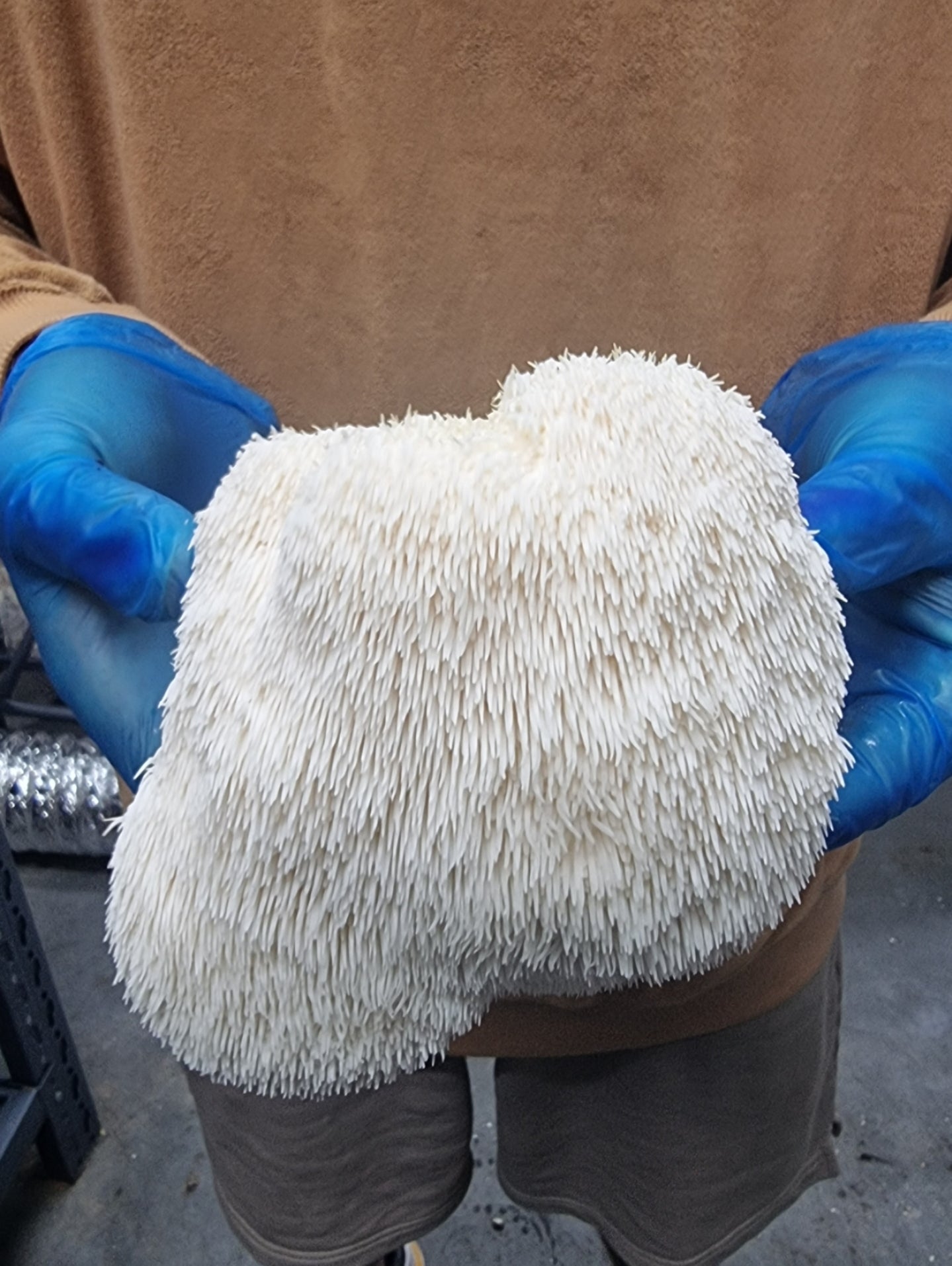Mushrooms are among the most versatile and flavour-packed kitchen ingredients, but unfortunately, they have a short shelf life.
If you have an excess of mushrooms—whether from a garden harvest or a great sale at the market—dehydrating them is a brilliant way to preserve their flavour and extend their shelf life.
Dehydrating mushrooms is a straightforward process perfect for beginners and experienced preservers. In just 7 simple steps, you can dehydrate mushrooms at home and enjoy them for months. Let’s find out!!
Why Should You Dehydrate Mushrooms?
Dehydrating mushrooms is a great way to preserve their flavour and texture while reducing waste. Here are some reasons why you should consider dehydrating your mushrooms:
-
Long Shelf Life: When stored properly, dehydrated mushrooms can last up to a year (or longer), saving you money by reducing spoilage.
-
Convenience: Dehydrated mushrooms are lightweight, easy to store, and perfect for quick meals, travel, or camping.
-
Flavour Intensification: Dehydration concentrates mushrooms' natural umami flavour, adding a richer taste to dishes.
-
Easy Storage: Dried mushrooms take up much less space than fresh ones, making them easier to store in your pantry or on the go.
What You’ll Need
Before you start, gather the following items:
-
Fresh mushrooms
-
A food dehydrator (or oven, if you don't have one)
-
Knife and cutting board
-
Paper towels or a soft cloth for cleaning
-
Airtight storage containers (e.g., glass jars, vacuum-sealed bags, or Mylar bags)
-
Optional: A brush to remove dirt from mushrooms
7 Steps to Dehydrate Mushrooms
Dehydrating mushrooms is a straightforward process. Follow these 7 simple steps to preserve your mushrooms for long-term use.
Step 1: Pick Fresh Mushrooms
The first step is selecting fresh mushrooms. Choose firm, dry, and free from blemishes. If you’re harvesting mushrooms from your garden, pick them at their peak before they become overripe or spoil.
If you’re purchasing mushrooms from the store, choose sturdy varieties, such as button mushrooms, cremini, shiitake, or portobello. Avoid slimy or overly soft mushrooms, as these won’t dry well.
Step 2: Clean the Mushrooms
Mushrooms are very absorbent, so cleaning them gently without soaking them in water is important. To clean your mushrooms, wipe them down with a damp cloth or paper towel to remove dirt or debris. For stubborn dirt, use a soft brush to remove it gently.
If you must rinse the mushrooms quickly under cold water, immediately pat them dry with paper towels. Avoid soaking them in water, as this will absorb moisture, which can interfere with dehydration.
Step 3: Slice the Mushrooms
Once your mushrooms are clean, it’s time to slice them. Uniform slices will ensure that the mushrooms dry evenly. Aim for slices about 3-5mm (¼ inch) thick. Thin slices will dry faster, while thicker ones will take longer.
Different mushrooms require different slicing: slice button or cremini mushrooms into even rounds or halves. Remove the stems and slice the caps into strips or chunks in portobello mushrooms.
Discard the tough stems for shiitake mushrooms and slice the caps into thin pieces. When it comes to oyster mushrooms, tear them into smaller, bite-sized pieces, as they break apart easily. Try to keep your slices as uniform as possible to ensure that they dry evenly.
Step 4: Arrange on Drying Trays
Now that your mushrooms are sliced arrange them on drying trays. If using a food dehydrator, place the slices in a single layer. Ensure enough space between each slice allows for proper air circulation. Overcrowding the trays can lead to uneven drying.
If using an oven, line a baking sheet with parchment paper and arrange the mushrooms in a single layer.
Step 5: Set the Drying Temperature
The temperature you set for dehydration is crucial to achieving the best results. If using a food dehydrator, set it to 50-55°C (120-130°F). If you’re using an oven, set it to its lowest possible temperature (typically between 50-60°C or 120-140°F).
Lower temperatures are ideal because they allow the mushrooms to dry slowly, preserving their flavour and texture while preventing them from cooking.
Step 6: Dry the Mushrooms
The drying process can take 4 to 10 hours, depending on the thickness of the slices and the type of mushroom. Check the mushrooms every few hours to ensure they’re drying evenly. If you’re using a dehydrator, some models may require you to rotate the trays halfway through.
If drying them in the oven, flip the mushrooms halfway through to ensure both sides dry properly. Mushrooms are thoroughly dried when they are brittle and snap when bent.
No visible moisture should be inside, and it should feel light and dry. If the mushrooms are still flexible or have moisture inside, continue drying them until fully dry.
Step 7: Store in Airtight Containers
Once your mushrooms are entirely dehydrated, it is essential to store them properly to maintain their quality. Before storing them, allow them to cool to room temperature. This helps prevent condensation, which can introduce moisture back into the mushrooms.
Store your dried mushrooms in airtight containers, such as glass jars, vacuum-sealed bags, or Mylar bags with oxygen absorbers. Then, store your containers in a cool, dry, dark cupboard or pantry.
Dehydrated mushrooms should be stored away from heat, light, and moisture to maintain their flavour and quality. Label the containers with the date the mushrooms were dried. Properly stored, they can last up to one year.
How to Use Dehydrated Mushrooms
Dehydrated mushrooms are a convenient and flavourful pantry staple, perfect for those who want to enjoy the taste of fresh mushrooms year-round.
Rehydrating dried mushrooms is quick and straightforward, and once rehydrated, they can be used in a wide variety of dishes. Here's everything you need to know about using dehydrated mushrooms in your cooking.
1. Rehydrating Dehydrated Mushrooms
Rehydrating dried mushrooms is easy. Follow these steps: Place the dehydrated mushrooms in a bowl and pour enough hot water to cover them completely.
It’s best not to use boiling water, as it can alter the mushrooms' texture and flavour. Soak the mushrooms for 20-30 minutes.
During this time, the dried mushrooms absorb the water and soften, becoming plump and full of flavour. For more extensive or thicker mushrooms, such as Portobello or Shiitake, soak them a little longer.
2. Using the Soaking Liquid
Once your mushrooms are fully rehydrated, another bonus is the water you used to soak them in! This liquid is rich in the mushrooms' umami flavours and makes an excellent cooking base.
The soaking liquid absorbs the mushrooms' natural essence, making it an excellent base for soups, stews, risottos, and sauces. You can strain the liquid to remove any remaining bits of mushroom or dirt and then use it instead of vegetable or chicken broth in your recipes for a deep, earthy flavour.
3. Adding Rehydrated Mushrooms to Your Dishes
Once rehydrated, mushrooms can be added to a wide range of dishes, like fresh mushrooms. Depending on the dish, the texture of dehydrated mushrooms may differ slightly from that of fresh mushrooms, but they still retain their deep, savoury flavour.
Rehydrated mushrooms are ideal for risotto, blending seamlessly with creamy rice. The mushrooms add texture and taste, infusing the dish with rich flavour. For an extra twist, stir some of the mushroom-soaking liquid into the risotto, adding a layer of flavour.
4. Rehydrated Mushrooms in Snacks and Sides
Dehydrated mushrooms aren’t limited to main dishes. They can also be used to make delicious snacks or side dishes. If you want a quick snack, rehydrate your dried mushrooms and bake or fry them for a crispy, savoury treat. Their deep, intense flavour is perfect for snacking or garnishing soups and salads.
After rehydrating, you can blend your mushrooms into a fine paste and dehydrate them again to make mushroom powder. This powder can be sprinkled on salads, added to soups, or stirred into sauces for an extra flavour.
You can also use them for dumplings, pastries, or savoury pies. Their umami-rich flavour complements cheese, spinach, or other vegetables and adds a hearty texture to these snacks.
5. Using Dehydrated Mushrooms in Baked Goods
Mushrooms may not be the first ingredient you think of when baking. Still, they can be an excellent addition to certain baked goods—the earthy flavour of rehydrated mushrooms pairs particularly well with bread and savoury pastries. Mix rehydrated mushrooms with cheese and herbs for a flavour-packed biscuit filling.
Conclusion
Dehydrating mushrooms is a simple, effective way to preserve these versatile fungi for long-term use. It’s an excellent solution for reducing food waste, saving money, or stocking up for future meals.
So, next time you find yourself with a surplus of fresh mushrooms, don’t let them go to waste—dehydrate them and reap the benefits for months to come!


